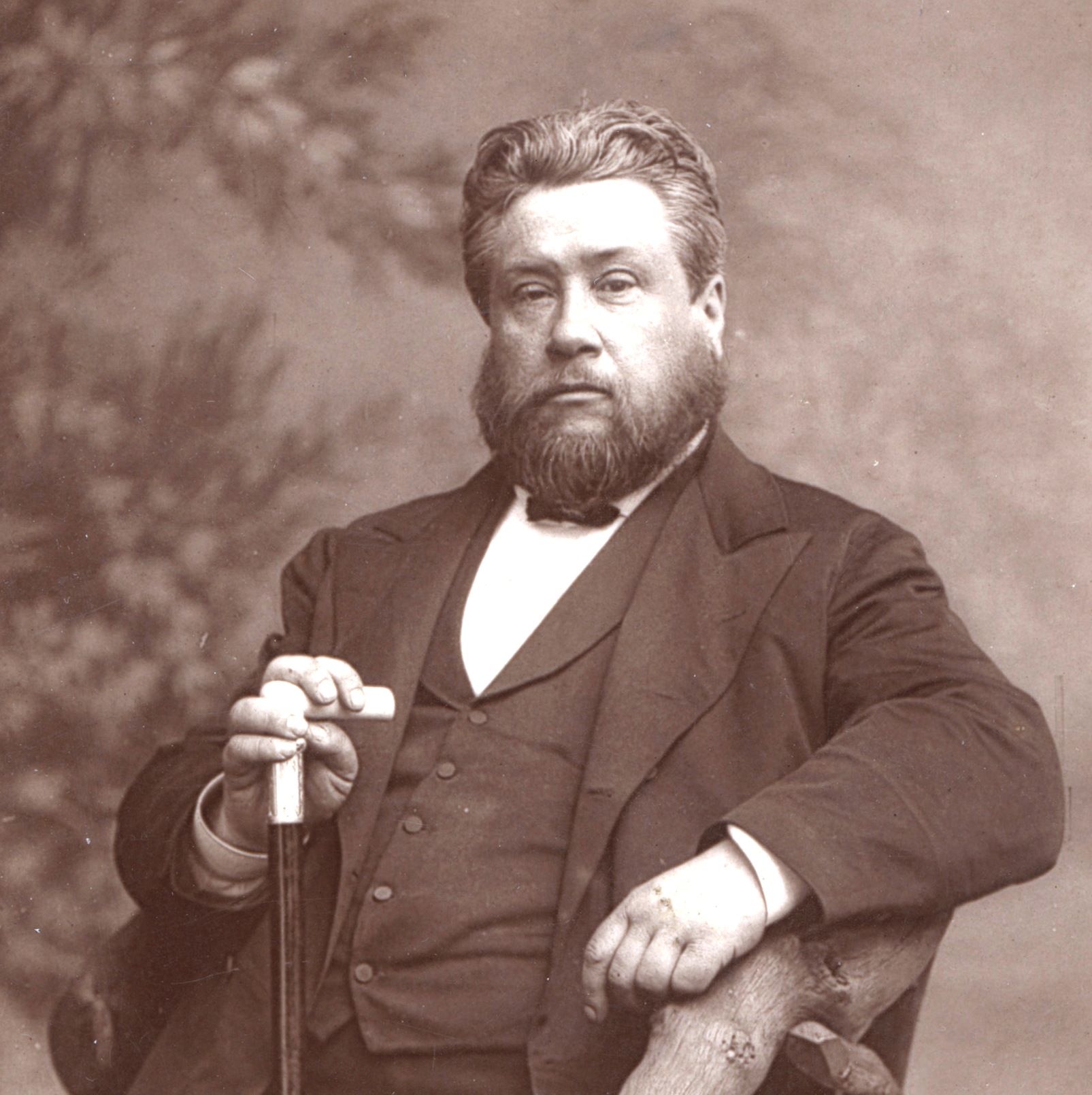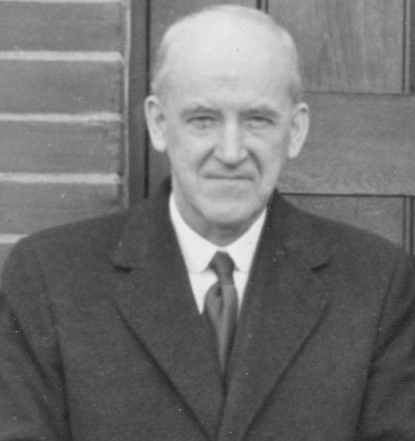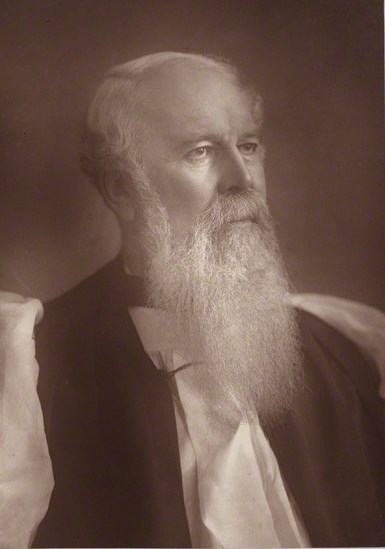The Act of Uniformity was an Act of the English Parliament, passed, in the time of Charles II, in 1662. It required the use of all the rites and ceremonies in the Book of Common Prayer in Church of England services. It also required episcopal ordination for all for all ministers (ie by recognised bishops). As a result, nearly 2,000 clergymen left the established church in what became known as the Great Ejection.
The Test and Corporation Acts, which lasted until 1828, excluded all nonconformists from holding civil or military office. They were also prevented from being awarded degrees by the universities of Oxford and Cambridge.
The Act of Uniformity was an act of Parliament, prescribing the form of public prayers, administration of sacraments and other rites of the Established Church of England. Its provisions were modified by the Act of Uniformity Amendment Act of 1872.
The 1662 act re-introduced episcopal rule back into the Church of England after the Puritans had abolished many features of the Church during the Civil Wars. The Act of Uniformity itself is only one of four crucial pieces of legislation, known as the Clarendon Code, after Edward Hyde, the Earl of Clarendon (pictured).
The Test and Corporation Acts, which lasted until 1828, excluded all nonconformists from holding civil or military office. They were also prevented from being awarded degrees by the universities of Oxford and Cambridge.
The Act of Uniformity was an act of Parliament, prescribing the form of public prayers, administration of sacraments and other rites of the Established Church of England. Its provisions were modified by the Act of Uniformity Amendment Act of 1872.
The 1662 act re-introduced episcopal rule back into the Church of England after the Puritans had abolished many features of the Church during the Civil Wars. The Act of Uniformity itself is only one of four crucial pieces of legislation, known as the Clarendon Code, after Edward Hyde, the Earl of Clarendon (pictured).














No comments:
Post a Comment